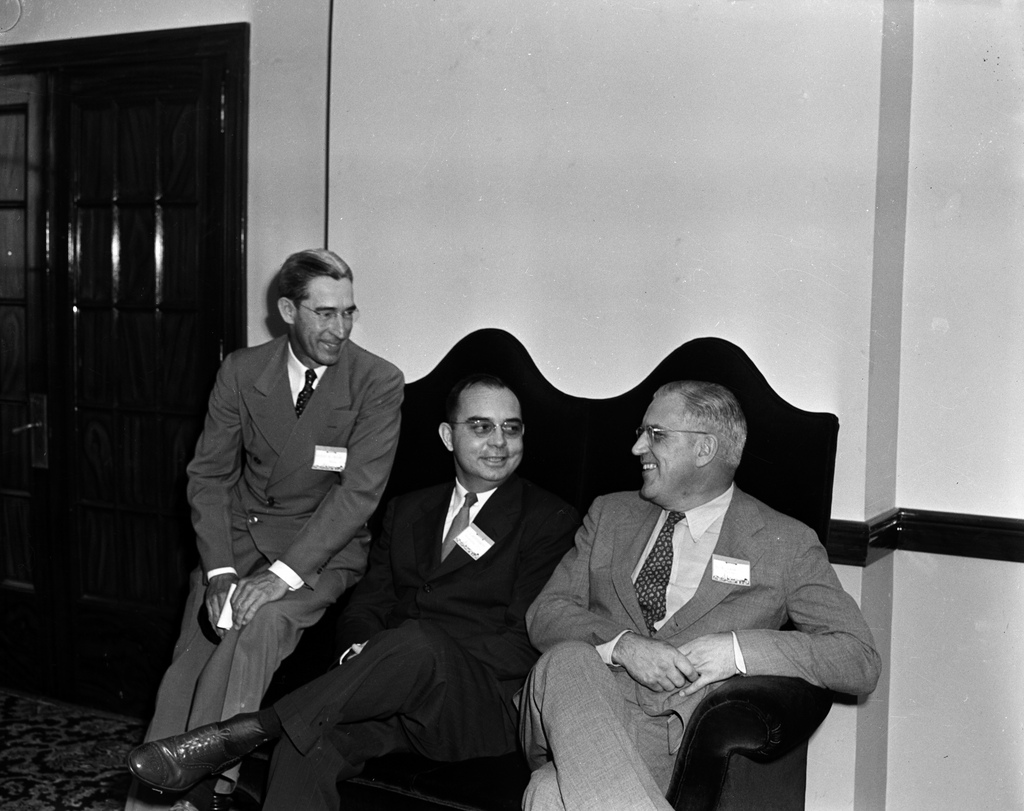Originally posted on Climate Investigations Center.
How much money have the fossil fuel industry’s powerful trade association allies spent to convince the American public that its products are beneficial and necessary — and to stymie progress on climate change that could harm its financial interests?
To find out, Climate Investigations Center researchers analyzed the public relations expenditures of these trade associations going back to 2008, using data from publicly-available federal Form 990 tax records. The expenditures provide unique insight into fossil fuel trade association priorities and the willingness of public relations firms to represent socially harmful industries.
As published in the Huffington Post’s piece by Chris D’Angelo, “Big Business Spent $1.4 Billion On PR, Advertising Over The Last Decade,” our investigation has found that between 2008 and 2017, the analyzed trade associations spent almost $1.4 billion on public relations, advertising, and communications contractors.
The American Petroleum Institute eclipses all spenders at $663 million over the studied time period, accounting for nearly half the grand total spending from all trade associations. The U.S. Chamber of Commerce ranked second at $244 million spent. We found that the public relations firms with the most lucrative contracts over the time span of our dataset were Edelman, DDC Advocacy, FleishmanHillard, and Blue Advertising (once part of Edelman)
Fossils trade associations massively outspend renewables
Our analysis also reveals that fossil fuel trade associations far exceed the PR and advertising spending of renewable energy trade associations. One fossil fuel industry trade association, the American Petroleum Institute spent $663.2 million, over six times more than four prominent renewable energy trade associations combined. In total, the American Wind Energy Association (AWEA), Growth Energy, the National Biodiesel Board (NBB), and the Solar Energy Industry Association (SEIA) spent $98.4 million on PR and advertising during the 2008 to 2017 period. API alone dwarfs all four associations, spending a total of $663.2 million during the same time period.
Most of the trade associations we analyzed represent fossil fuel interests across different sectors of the industry, such as oil, gas, coal, petrochemical, mining, and utility companies. Trade associations spend their revenue, from members’ dues, on salaries, rent, and services such as lobbying and legal counsel, to forward the goals of the companies they represent.
Trade associations routinely utilize the “public affairs,” advertising and front group — “astroturf” — services that public relations firms can provide. Top trade associations spend millions on public relations work, some of which supports targeted or nationwide PR campaigns or funds pop up front groups that will intentionally never bear the trade association’s name or the corporate funders of that trade association.
Wait, there is more
In addition to a comprehensive analysis of how industry utilizes these sizable contracts to PR companies, CIC has made all the IRS 990s used in this analysis accessible, along with interactive data visualizations and downloadable spreadsheets with the raw data.
To view the full report, including detailed analysis of the trade associations and PR firms studied in this investigation, visit the Trade Associations and the Public Relations Industry report page.
Main image: American Petroleum Institute: Unidentified Men. Credit: Beryl Ford Collection, Tulsa City-County Library, CC BY–NC–ND 2.0
Subscribe to our newsletter
Stay up to date with DeSmog news and alerts







